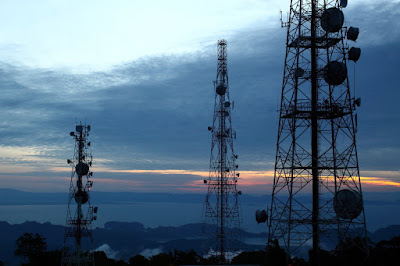Forensic
investigations seek to uncover evidence and then analyze it in order to get a
proper understanding of the crime. As computers and digital devices have become
a part of our daily lives, the cyber realm contains all sorts of potential
evidence for all types of criminal investigations.
Technology is volatile
and we’ve seen technology advancements in the last five years, probably like no
other period in time.
So, how are police
using digital forensics and what crimes have they solved?
BTK KILLER
BTK was a serial
killer in Wichita, Kansas who named himself after his method – Bind, Torture,
Kill.
He killed at least 10
people over a period of 30 years. After he killed, he would then taunt police with
letters detailing his crimes.
The Evidence
- By posting ads
through the local newspaper, BTK asked police if he could communicate with them
via floppy disk without being traced back to a particular computer.
- The police lied and
said yes. The floppy disk was quickly traced to a computer at the church where
Dennis Rader was president of the congregation.
- DNA tests matched
radar to the BTK murders.
The Outcome
- Sentenced to 175
years in prison
SCOTT PETERSON
Laci Peterson, who was
8 months pregnant, was reported missing by her husband, Scott Peterson. That
same morning, Peterson claimed to be on a solo fishing trip near Brooks Island.
The bodies of Laci and
her unborn son washed up on a beach a few months later. The patterns of water
currents make it possible that Laci’s body was dumped near Peterson’s fishing
spot.
The Evidence
- Peterson searched
ads for used boats, fishing information, and boat ramps in the area.
- On the morning of
Laci’s disappearance, Peterson made a call from his home to his voicemail after
he claimed to have already left for his fishing trip.
- Wiretaps suggest
that after Laci’s disappearance, Peterson lied about his whereabouts to friends
and family.
The Outcome
- On death row
THE CRAIGSLIST KILLER
“Craigslist Killer”
was the nickname given to the man who bound and robbed three women, killing
one.
The Evidence
- Police used video
surveillance to find images of the killer.
- Traced the phones he
used to call the victims to disposable phones.
- Traced the email
used to respond to the Craigslist ads to the IP address of Philip Markoff.
- Police followed
Markoff, gathered fingerprints, which matched those on the crime scene.
The Outcome
- Committed suicide
while awaiting trial
CASEY ANTHONY
Cindy Anthony, Casey’s
mother called the police to report that her two year old granddaughter, Caylee,
was missing.
Digital forensic
experts found several suspicious searches on the Anthony home computer.
The Evidence
- Casey told police
that her daughter had been abducted by her nanny a month before. Casey was
arrested for child neglect.
- FBI lab results show
that chloroform was found in Casey’s car.
- Caylee Anthony’s
remains were found ¼ of a mile from the Anthony home.
The Outcome
- Sentenced to 4 years
in prison
Digital forensics and
forensic investigations seek to uncover, analyze and preserve evidence to be
used in criminal proceedings.
DLA is based in Cape Town and combines the
experience of two seasoned investigators with both criminal and civil
backgrounds with the latest technologies to achieve the digital forensic results that you
require.






























